Diffusion In The Digestive System
Diffusion in the digestive system. Islet cells are about 20 to 35 percent alpha 60 to 75 percent beta and 5 percent delta. Diffusion happens all the time and does not need. The inner wall or mucosa of the small intestine is lined with simple columnar epithelial tissue.
Diffusion occurs in the lungs when the oxygen is diffused into the blood stream through the alveoli and carbon dioxide exits the blood and leaves your body through an exhale. This animal uses cellular respiration to obtain energy from oxygen. These two parts together help in the digestion process.
The alimentary canal is the long tube through which the food that we eat is. The inner wall of small intestine has a number of finger- like outgrowths called villi. Diffusion takes place by mainly 2 processes one by passive transport and secondly by active transport.
Diffusion is an important process within the human body and is essential to the transport of molecules within a number of. The villi increase the surface area for absorption of the digested food. Their concentration is higher in the small intestine than their concentration in the blood.
Absorption of nutrients glucose and ions in the small intestine by the diffusion process. How does diffusion occur in the digestive system. The circulatory system acts to move these necessary nutrients around the body as well as transport unwanted materials away.
Once the concentration has decreased below that of the small epithelial cells glucose cannot move into the epithelial cells passively. There are at least three types of islet cells designated alpha or A beta or B and delta or D which constitute about 2 percent of the total pancreatic mass. Also called alimentary canal and accessory organs tongue liver pancreas etc.
Diffusion is the process by which atoms or molecules move from an area of high concentration to low concentration. Macromolecules or entire cells are taken up by endocytosisphagocy.
Once the concentration has decreased below that of the small epithelial cells glucose cannot move into the epithelial cells passively.
Diffusion is an important process within the human body and is essential to the transport of molecules within a number of. Once the concentration has decreased below that of the small epithelial cells glucose cannot move into the epithelial cells passively. The inner wall of small intestine has a number of finger- like outgrowths called villi. Digested nutrients pass into the blood vessels in the wall of the intestine through a process of diffusion. Are Gums Part Of The Digestive System. Macromolecules or entire cells are taken up by endocytosisphagocy. Alpha cell granules contain only glucagon whose release leads to the. In the digestive system osmosis plays a key role in nutrient absorption. The inner wall or mucosa of the small intestine is lined with simple columnar epithelial tissue.
They also inhale and exhale through the same airway1. The circulatory system acts to move these necessary nutrients around the body as well as transport unwanted materials away. Digested nutrients pass into the blood vessels in the wall of the intestine through a process of diffusion. They also inhale and exhale through the same airway1. There are at least three types of islet cells designated alpha or A beta or B and delta or D which constitute about 2 percent of the total pancreatic mass. Osmosis allows your body to absorb these. Absorption of nutrients glucose and ions in the small intestine by the diffusion process.

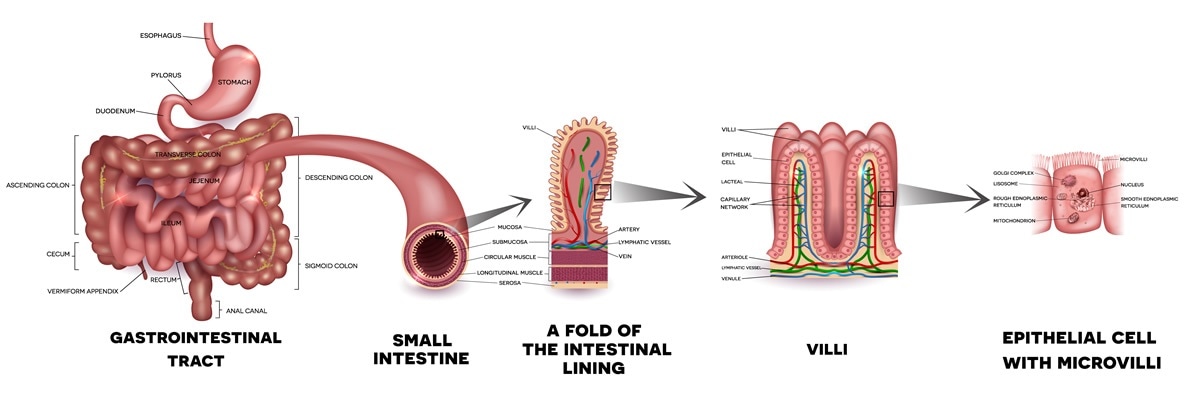


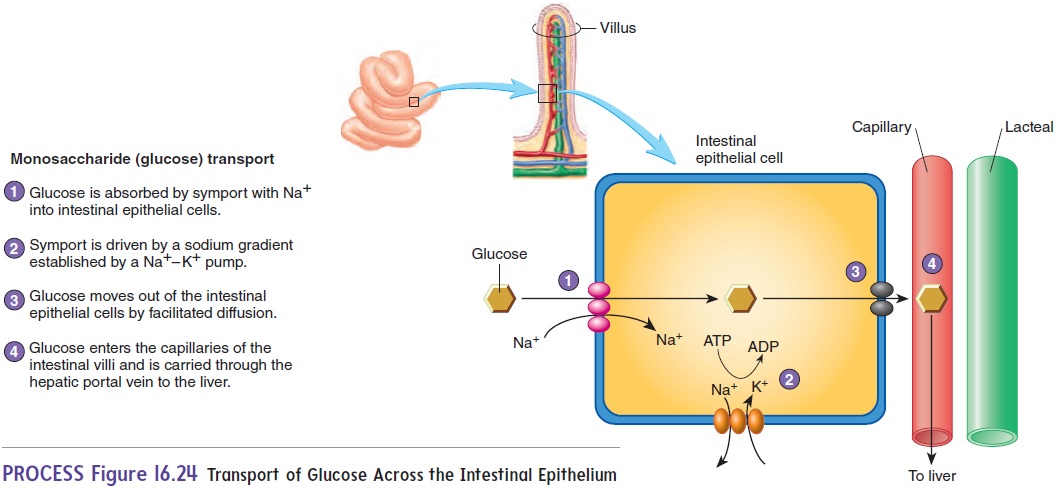


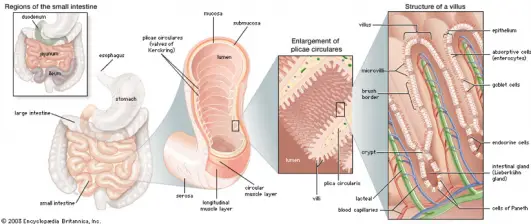
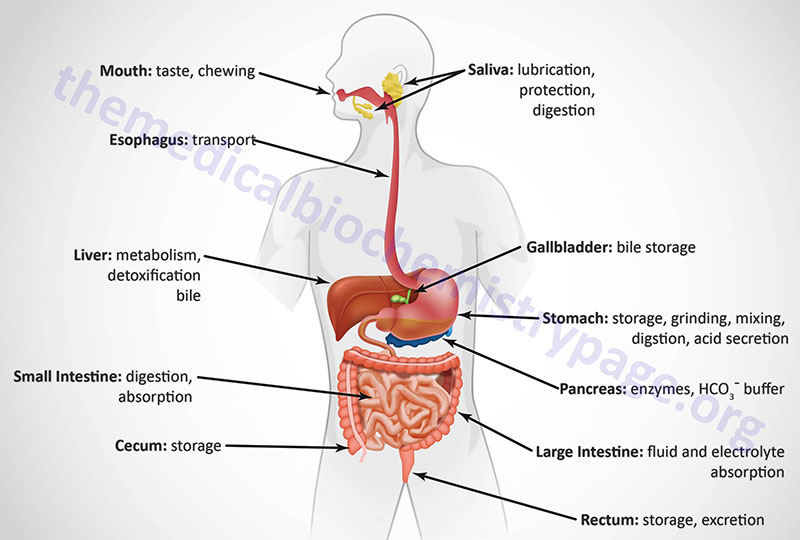
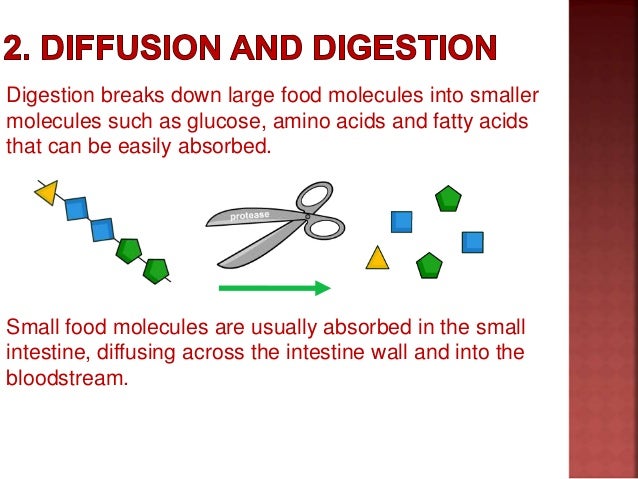




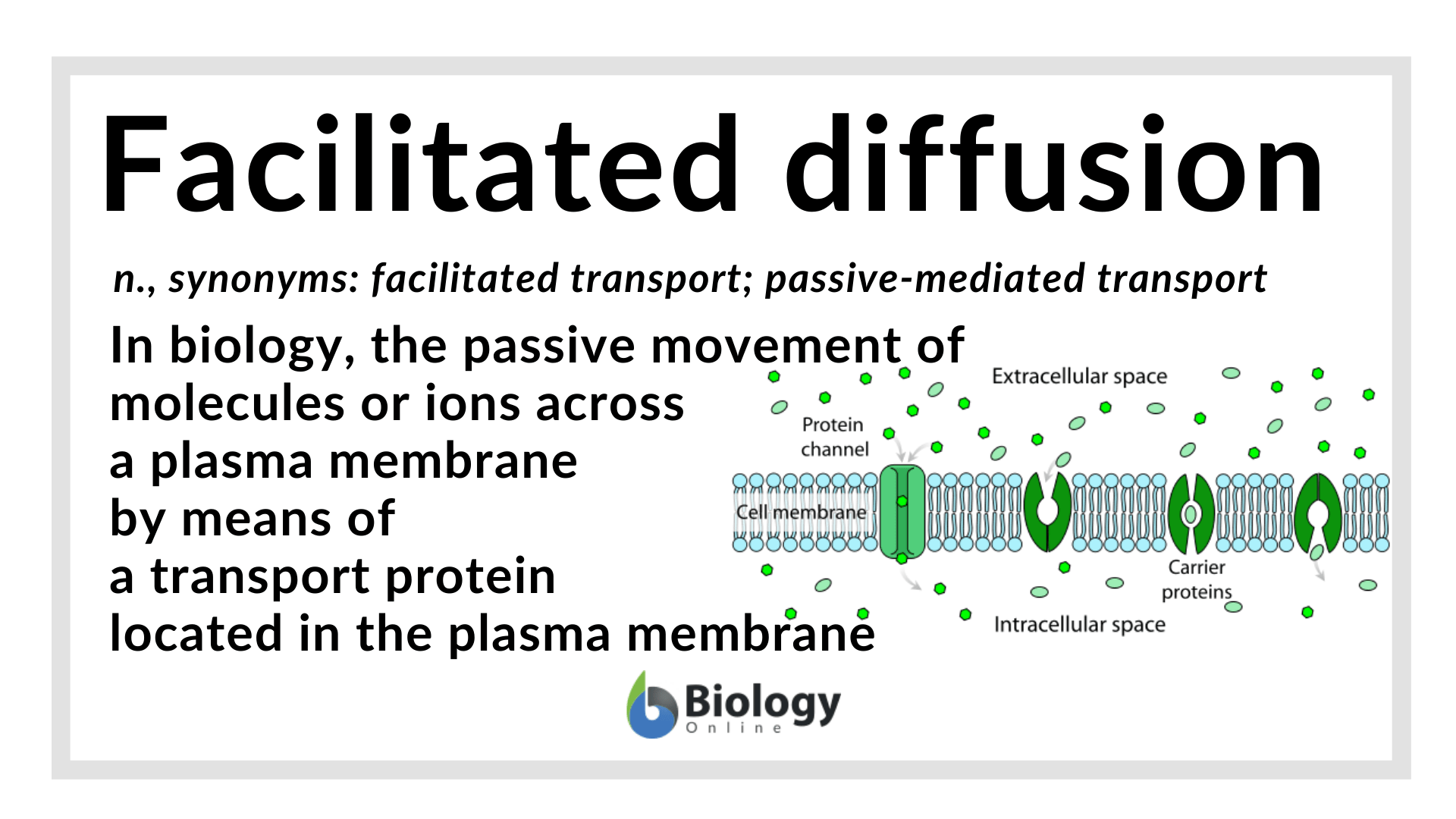





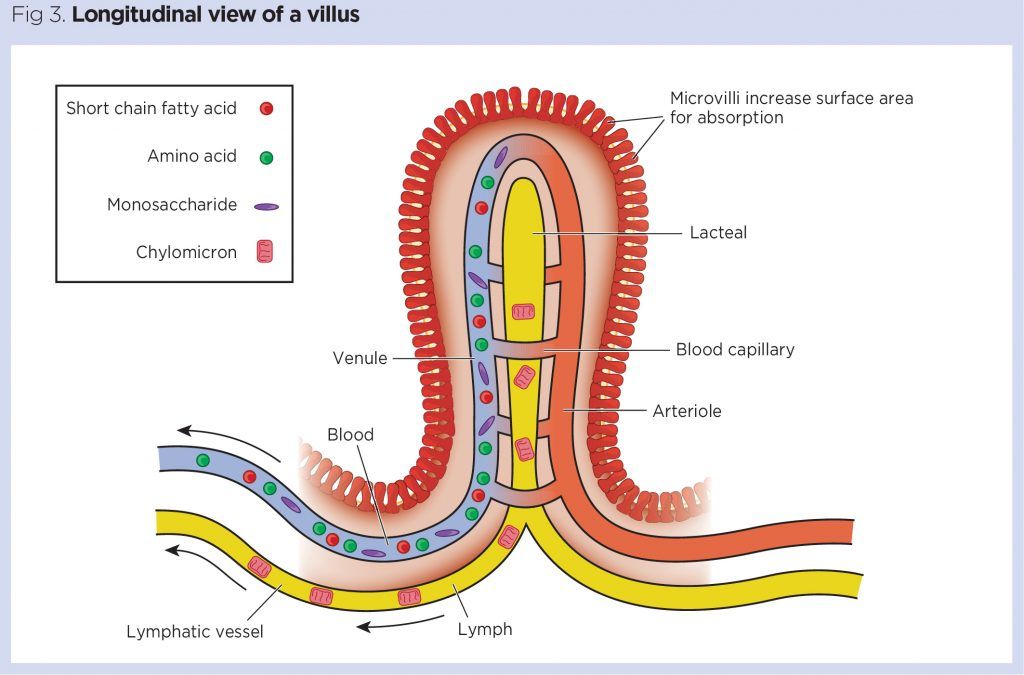





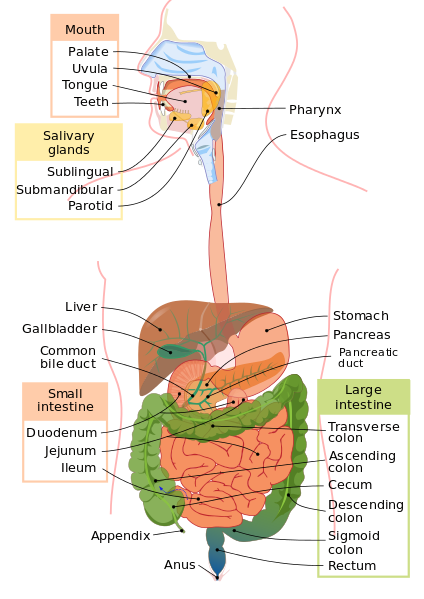

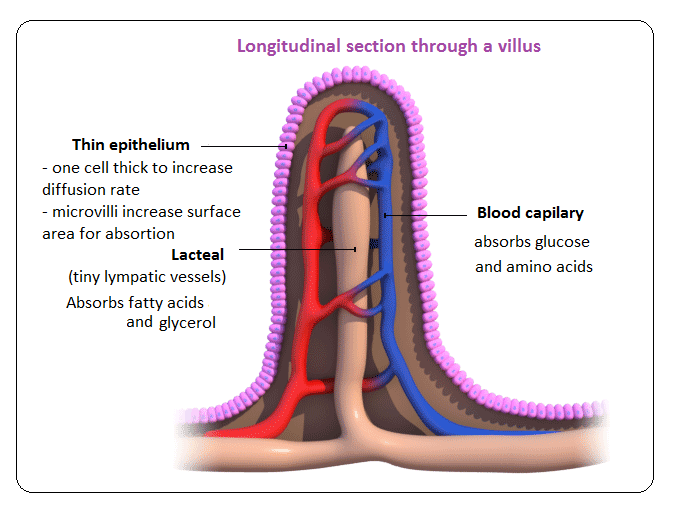

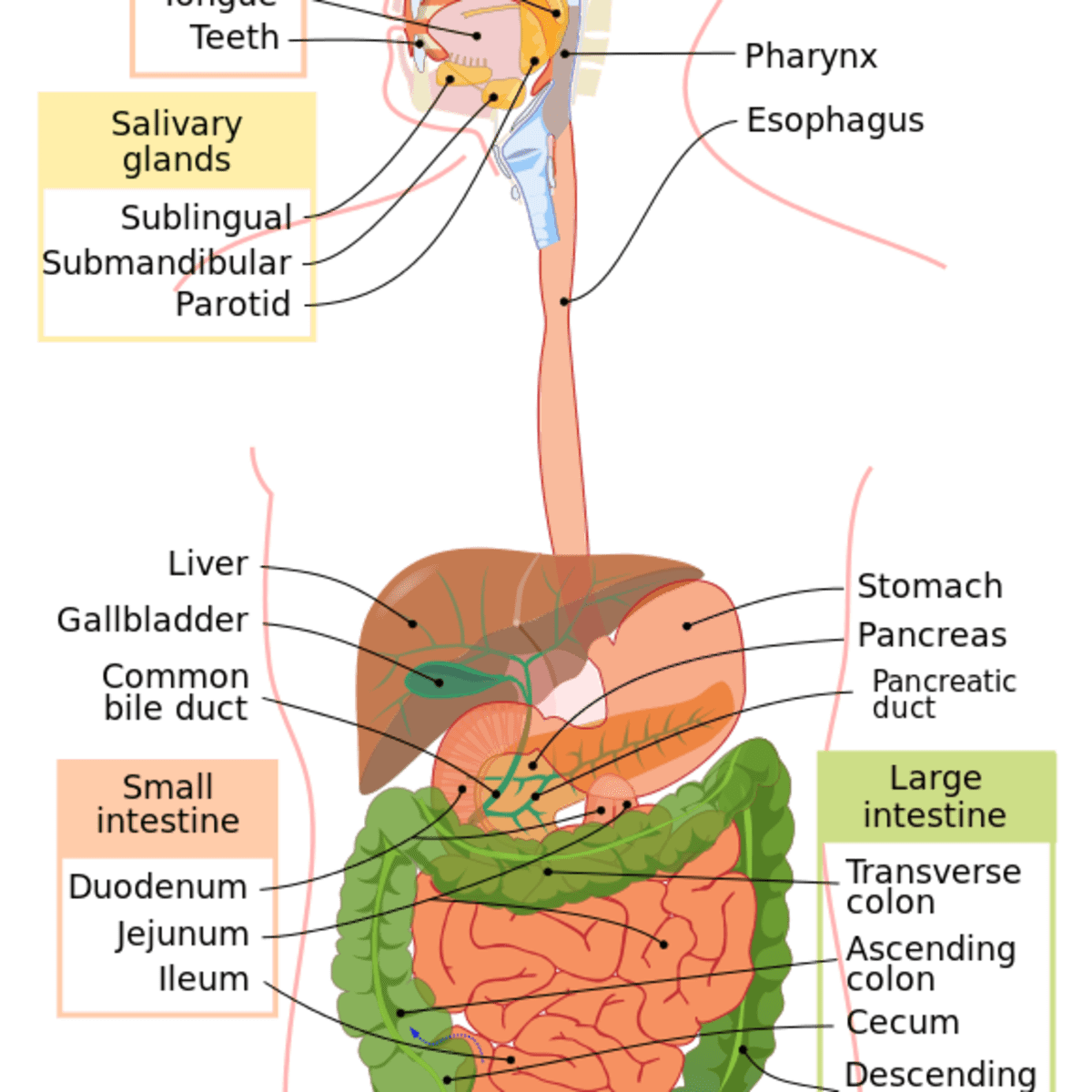
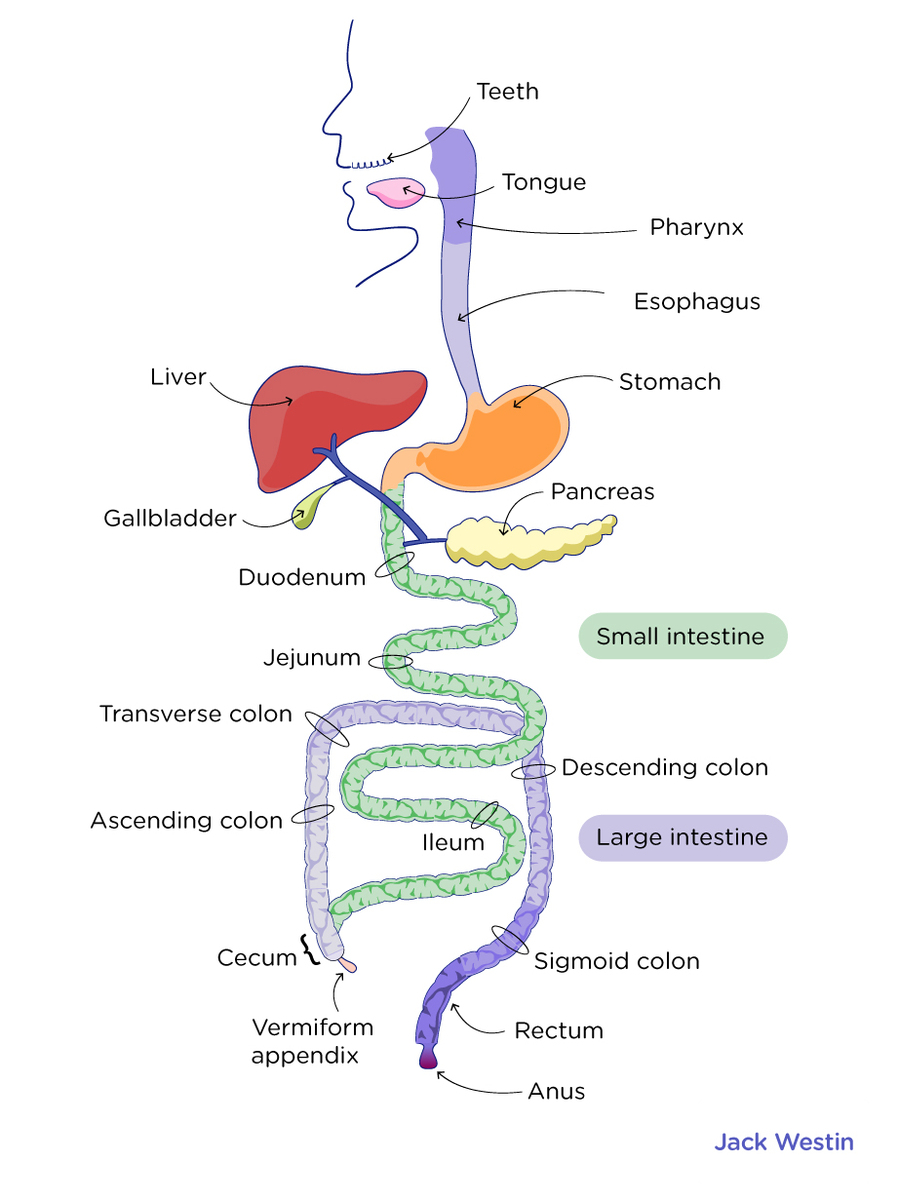

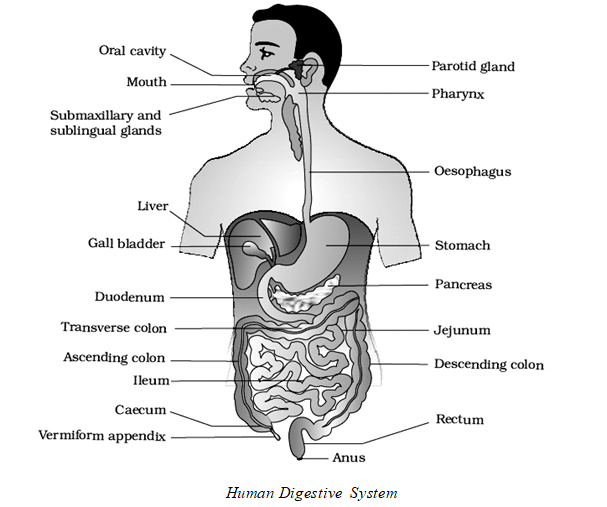
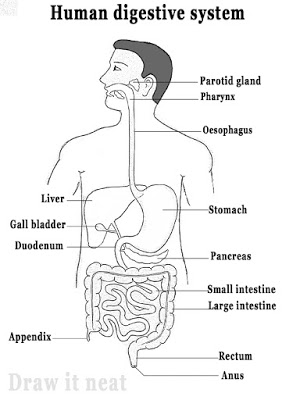



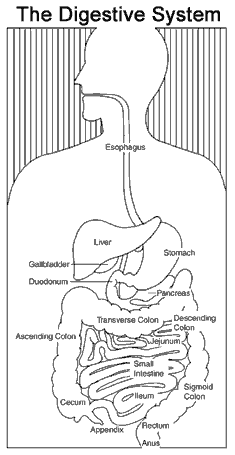
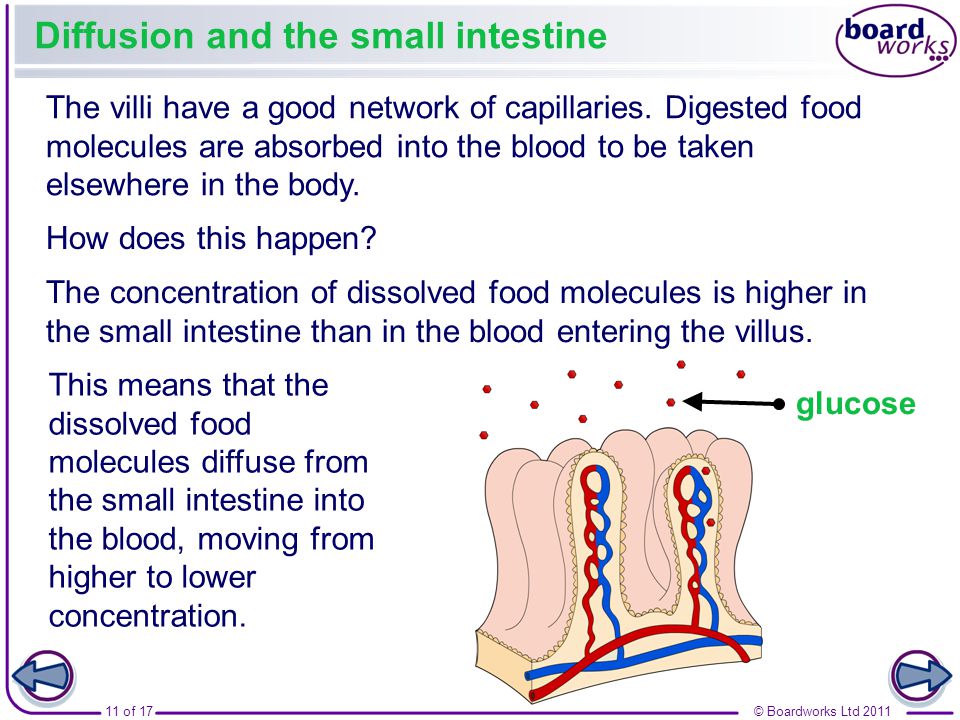
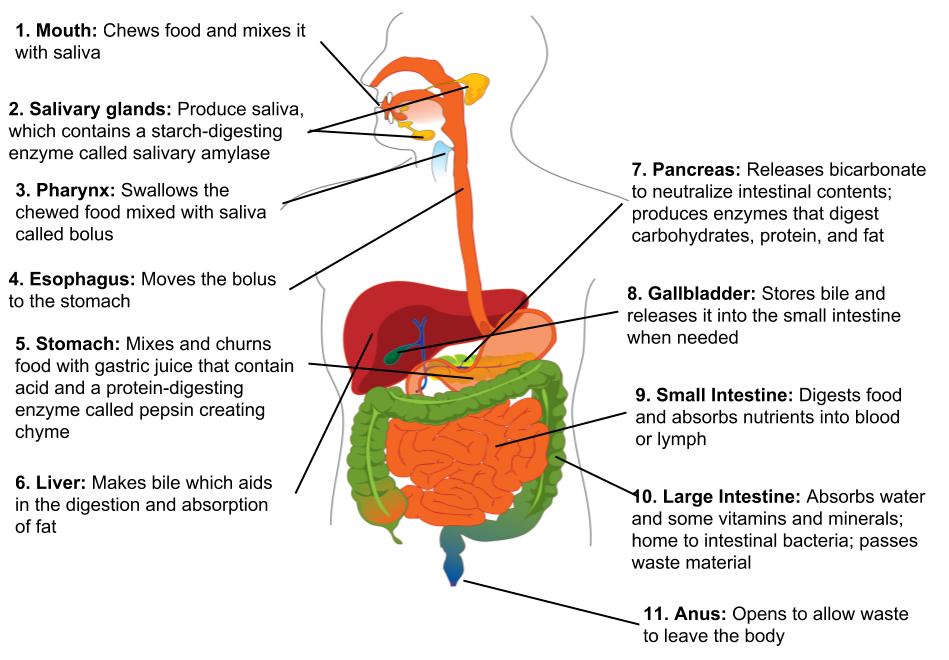
Post a Comment for "Diffusion In The Digestive System"